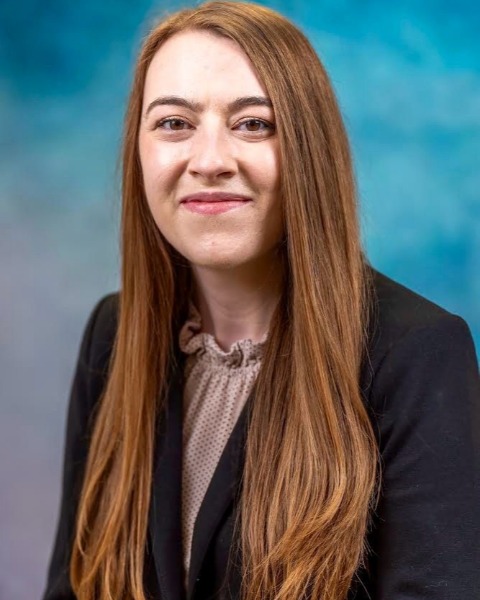Cardiovascular Posters
Poster: Cardiovascular Posters
25 - A Case Report: Donor with a Carotid Endarterectomy
Sunday, March 24, 2024
5:00pm - 7:00pm US EDT
Location: Sheraton Hall
Poster Board Number: 25
There are separate poster presentation times for odd and even posters.
Odd poster #s – first hour
Even poster #s – second hour
Co-authors:
There are separate poster presentation times for odd and even posters.
Odd poster #s – first hour
Even poster #s – second hour
Co-authors:
Mohamed Abdelhady - Department of Foundational Medical Studies - Oakland University William Beaumont School of Medicine; Esha Ahmed - Department of Foundational Medical Studies - Oakland University William Beaumont School of Medicine; Nicholas Belair - Department of Foundational Medical Studies - Oakland University William Beaumont School of Medicine; Sama Ramo - Department of Foundational Medical Studies - Oakland University William Beaumont School of Medicine; Corey Zhang - Department of Foundational Medical Studies - Oakland University William Beaumont School of Medicine; Malli Barremkala - Associate Professor, Department of Foundational Medical Studies, Oakland University William Beaumont School of Medicine

Amanda Henderson, BS
Oakland University William Beaumont School of Medicine
Rochester, Michigan, United States
Presenting Author(s)
Abstract Body : Introduction and Objective: Carotid endarterectomy (CEA) is a surgical procedure aimed at reducing the risk of stroke associated with carotid bifurcation stenosis. Serving as a vital prophylactic measure, CEA involves the surgical removal of atherosclerotic plaque to avert transient ischemic events. This study investigates the implications of identification of a right unilateral CEA during routine cadaver dissection by first-year medical students at Oakland University William Beaumont School of Medicine (OUWB). Departing from traditional hospital-based case reports, this discovery offers a unique educational opportunity to enhance the understanding of pathophysiology and the associated anatomical changes.
Materials and Methods: During a first-year anatomy dissection at OUWB, a right CEA was identified in a 94-year-old male donor. Among the 21 donors at OUWB, only one male donor exhibited evidence of CEA. Another male donor showed indications of carotid artery blockage at the bifurcation without evidence of CEA or stent placement.
Conclusion: Our investigation revealed postoperative risks associated with cranial nerve damage notably affecting the hypoglossal nerve, situated in close proximity. This explains the potential for postoperative complications, such as hypoglossal nerve palsy and ipsilateral genioglossus muscle weakness.
Significance: Understanding the impact of CEA procedure on donor anatomy enhances medical students' understanding of carotid artery pathophysiology. This knowledge prepares them for clinical rotations and provides insight into various aspects of surgical procedures, disease presentation, and treatment modalities. This case study highlights the important role that dissection-based anatomy education plays in shaping the future of healthcare providers.
Materials and Methods: During a first-year anatomy dissection at OUWB, a right CEA was identified in a 94-year-old male donor. Among the 21 donors at OUWB, only one male donor exhibited evidence of CEA. Another male donor showed indications of carotid artery blockage at the bifurcation without evidence of CEA or stent placement.
Conclusion: Our investigation revealed postoperative risks associated with cranial nerve damage notably affecting the hypoglossal nerve, situated in close proximity. This explains the potential for postoperative complications, such as hypoglossal nerve palsy and ipsilateral genioglossus muscle weakness.
Significance: Understanding the impact of CEA procedure on donor anatomy enhances medical students' understanding of carotid artery pathophysiology. This knowledge prepares them for clinical rotations and provides insight into various aspects of surgical procedures, disease presentation, and treatment modalities. This case study highlights the important role that dissection-based anatomy education plays in shaping the future of healthcare providers.

